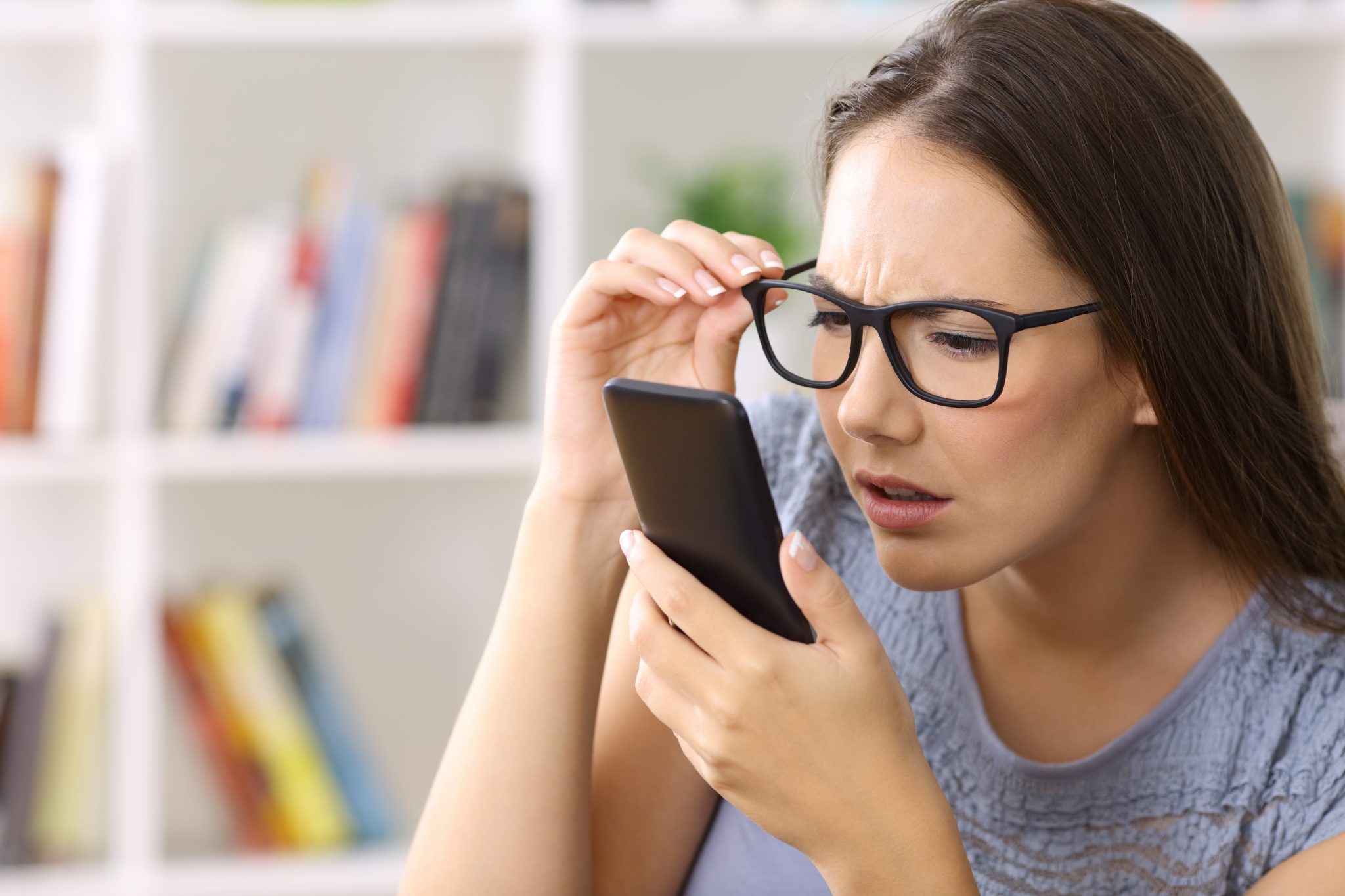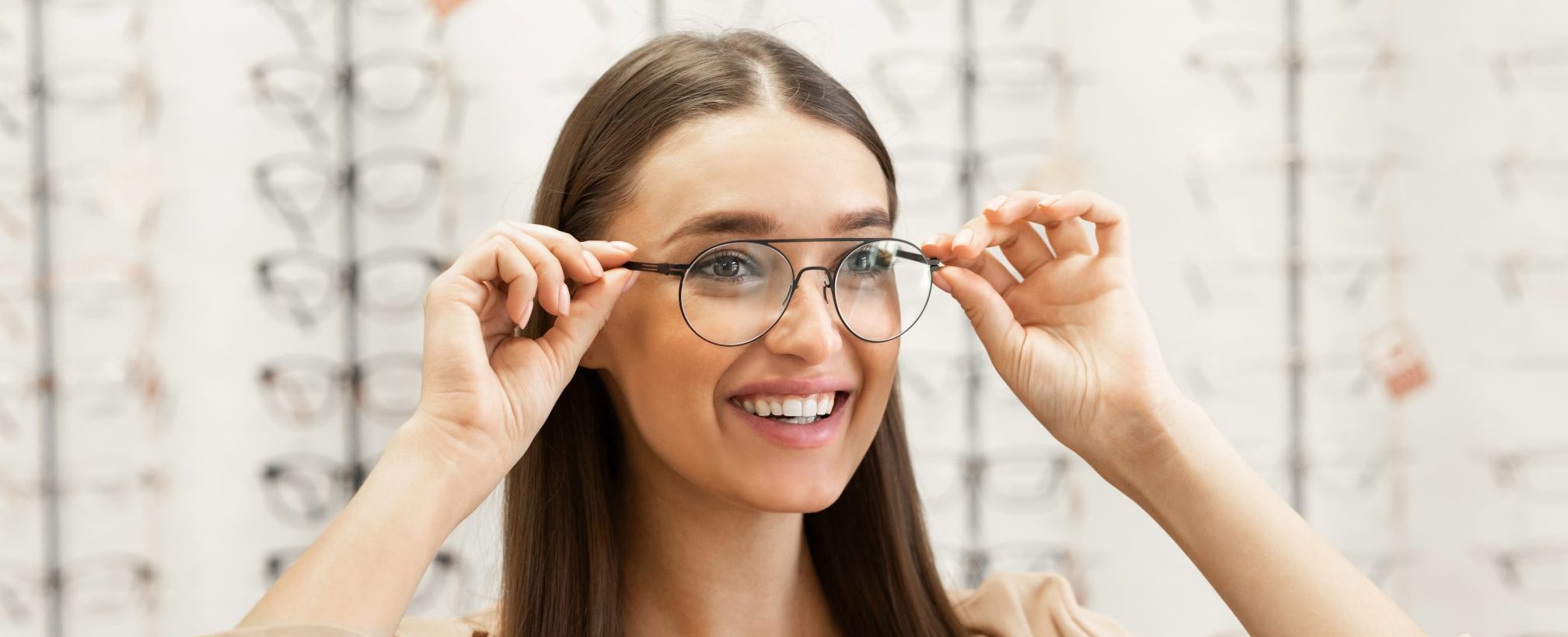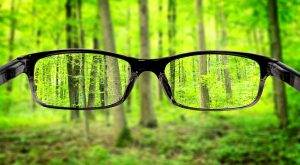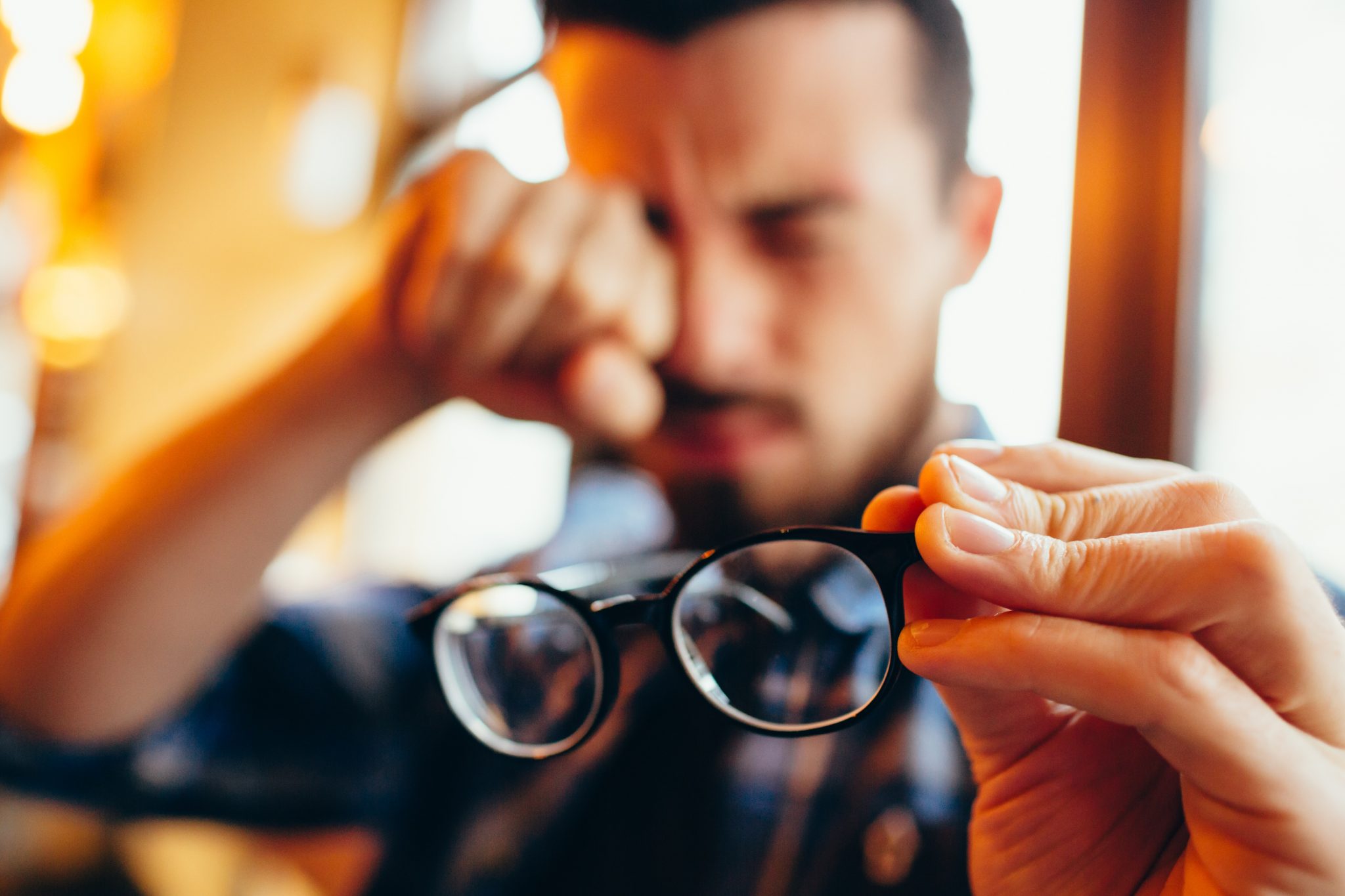Visionary Eyecare since 1991
The very best possible vision and ocular health depends on regular eye examinations and correct aftercare procedure for both contact lens and glasses. Our experienced team of optometrists have access to the most advanced diagnostic equipment and we passionately believe that comprehensive eyecare should be accessible to all. Your eye health will be thoroughly checked for early signs of eye disease or abnormalities
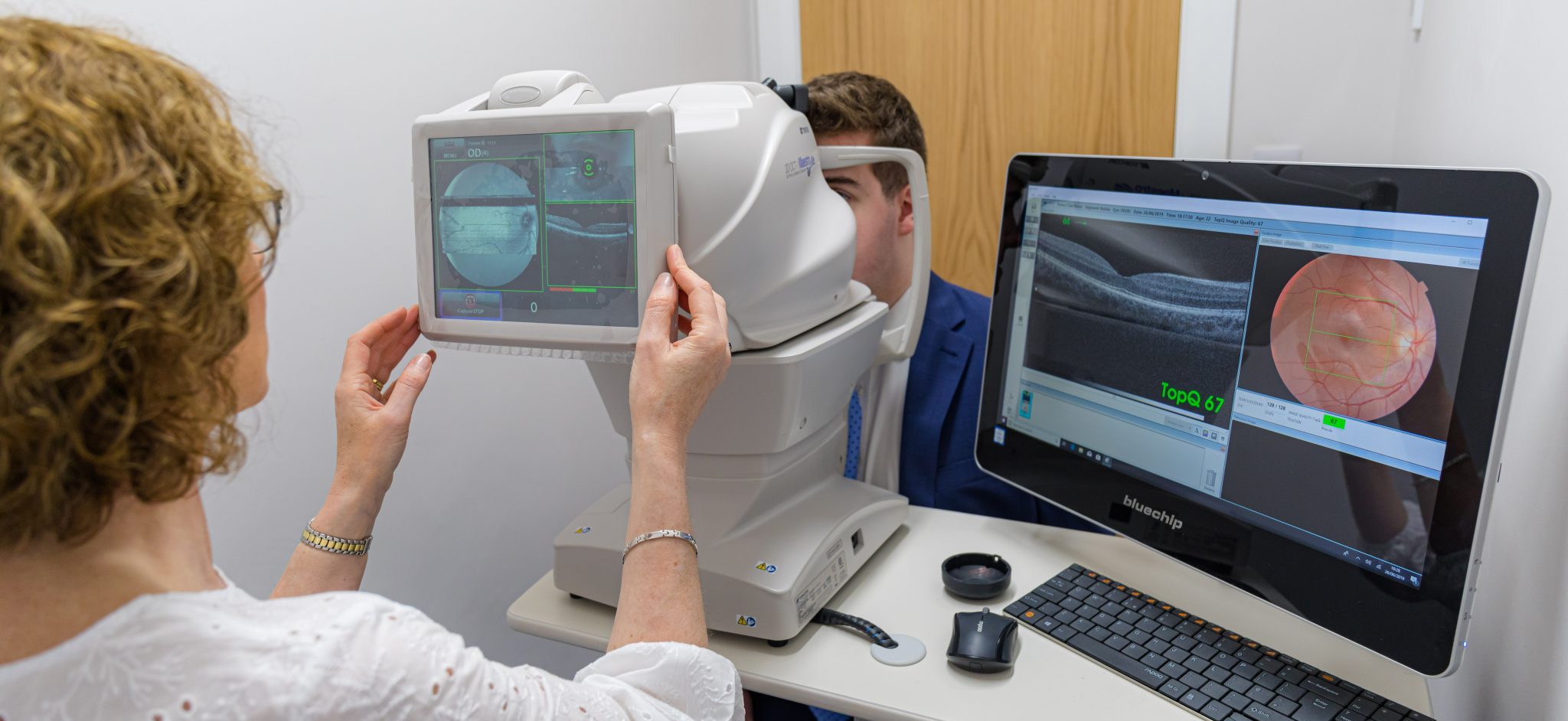
What happens during an eye exam?
A variety of tests will be carried out at to ascertain if a visual correction is needed. Your eye health will be thoroughly checked for any early signs of eye disease or abnormalities like Glaucoma, AMD (Macular Degeneration), Diabetic Eye Disease, Hypertension or Dry eyes. Additional tests, for example a Visual Field Test or OCT may also be advised.
We recommend an OCT (Optical Coherence Tomography) at each visit
We recommend an OCT at each visit so that a digital image of the back of your eye can be taken and recorded. This provides us with historic data that can monitor the health of your eyes and helps us to check for any early signs of eye disease.

Understanding your Prescription
What is Myopia?
Myopia, more commonly known as short-sightedness means objects close to you will be clear while objects at a distance are blurred.

What is an OCT (Optical Coherence Tomography)?
An OCT uses light waves to take multiple scans of the retina and the nerve supply to the eye. This provides us with a cross-section or 3D view of the retina, allowing us to detect tiny abnormalities.
A comprehensive report is provided, with photographs and detailed measurements. Subsequent scans can be compared to monitor for any changes. It is used for monitoring many conditions e.g. Age-Related Macular degeneration (AMD), Glaucoma or Diabetic Retinopathy.
What happens during an OCT?
Drops may be used to dilate your pupils. A scan of your eye is taken, without touching your eye. This process is much like having a photo of your eye taken.

What is Hyperopia?
Hyperopia (long- sightedness). With a low hyperopic prescription, at a young age, the eyes may be able to focus on everything, but long periods of focusing may cause eye strain. As we age and with larger hyperopic prescriptions, objects both far and near will become more blurred.

What is Astigmatism?
The usual shape of the eye is round, however, with astigmatism, the eye is more oval in shape. This causes blurred vision at all distances and can give rise to symptoms of eye strain. Astigmatism is often found in combination with either myopia or hyperopia.

What is Presbyopia?
In order to adjust our focus from far to near, the lens in our eye changes shape. As we age, the lens in our eye hardens and loses this natural ability to alter shape. By mid 40’s, most people will require reading glasses or varifocals to compensate for the loss of near focusing ability.
